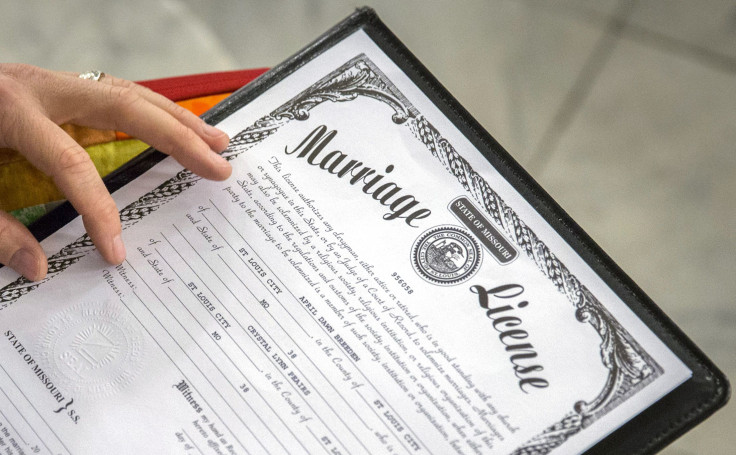Victim of forced marriage given first male protection order in UK

A male victim of a forced marriage has become the first man to secure a protection order. South Yorkshire Police said the 19-year-old man’s parents had agreed to the pre-arranged marriage when he was five years old.
The unnamed teenager had received threats for not complying to the arrangement. His three younger siblings were also issued protection orders.
Detective Inspector Suzanne Jackson said the protection order for the teenager was the first one issued for a male victim. She called the case a “huge step forward.”
“In instances of honour-based abuse, it is often assumed it only happens to girls and women; however, there are also many boys and young men who are victims as well,” she said. “Understandably, it can be very difficult for children and victims who often feel unable to report and potentially prosecute their parents.
“However, we are determined to ensure we can protect all victims and will utilise different tactical options, such as protection orders via the Family Court, to achieve this.”
The protective orders for his younger siblings were issued as a “preventive tactic” as it is determined that “siblings and family members are at greater risk of honour-based abuse if it has already occurred within a family.”
A forced marriage is when the bride and/or the groom is forced into a marital union against their will and under duress. This includes physical and emotional pressure. It is different from an arranged marriage, where both parties have consented.
Forced Marriage Protection Orders where introduced in England and Wales in 2014. Parents who force their children to marry can face up to seven years in prison.
In Australia, forced marriages were criminalised in 2013. There have been more than 230 cases of forced marriages that have been referred to the Australian Federal Police since then. However, that doesn’t reportedly reflect the real numbers of people at risk. There have also been no prosecutions since the law was enacted.





















